Meal planning is a fantastic way to manage your family’s budget while making sure everyone enjoys nutritious, tasty meals. As a budget-conscious family, you know the importance of stretching your dollar without compromising on taste or health. Take a look at my top tips for frugal meal planning that can help you save money, reduce waste, and keep your family’s taste buds happy.
1. Plan Around Sales

Start by checking your local grocery store’s sales and plan your meals around discounted items. Make chicken the centerpiece of your week’s meals if it is on sale. If you get a great deal on beef, then make beef this week’s superstar. Planning your meals around sales and the best deals saves money and keeps your meals varied and interesting.
2. Embrace Meatless Mondays

Incorporating a meatless day, like Meatless Monday, into your weekly routine can significantly cut costs. Vegetarian meals, such as lentil soup or veggie stir-fry, are affordable and packed with nutrients.
I often use chickpeas as the satisfying protein base for my meatless meals. Chickpea curry, chickpeas in a spicy tomato sauce topped with cheese and served with pasta, or chickpea and veggie meatless loaf are all hearty and filling, they’re easy to reheat, you can repurpose the leftovers, and they’re incredibly economical.
3. Cook in Bulk
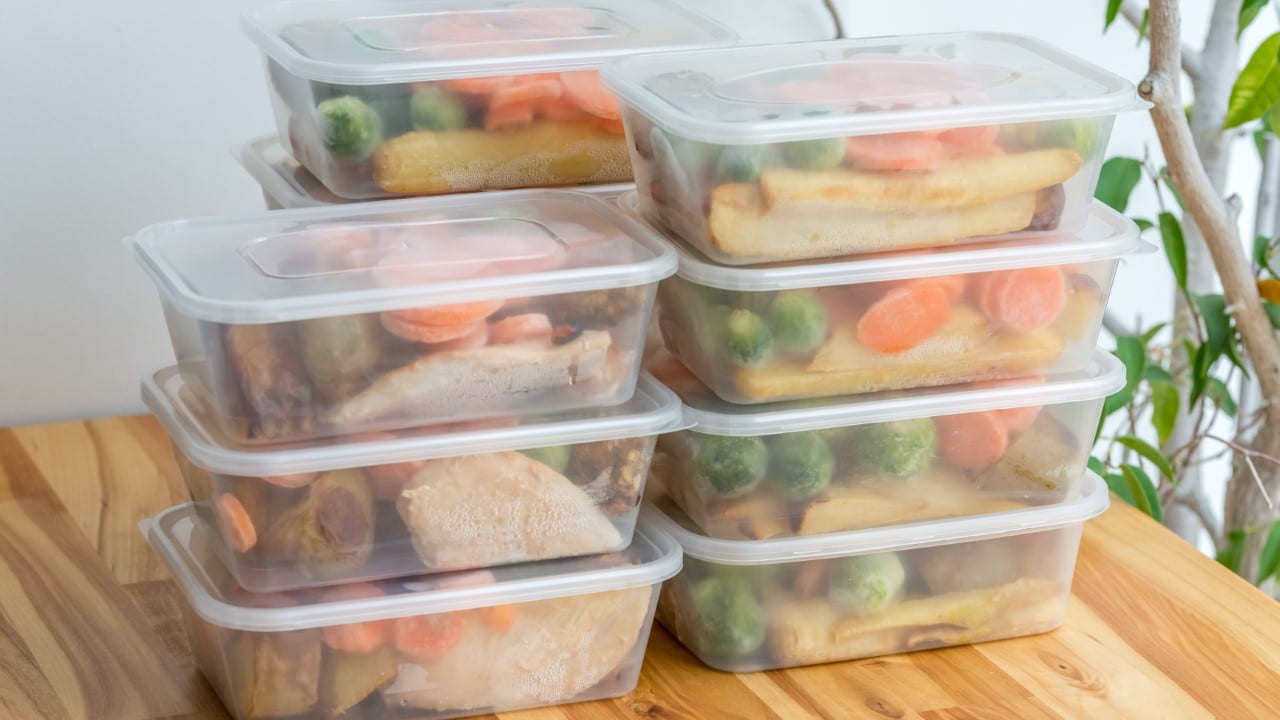
Cooking in bulk and using leftovers creatively can save both time and money. A large pot of chili or stew is cost-effective and can serve as the base for multiple meals throughout the week.
4. Use Cheaper Cuts of Meat
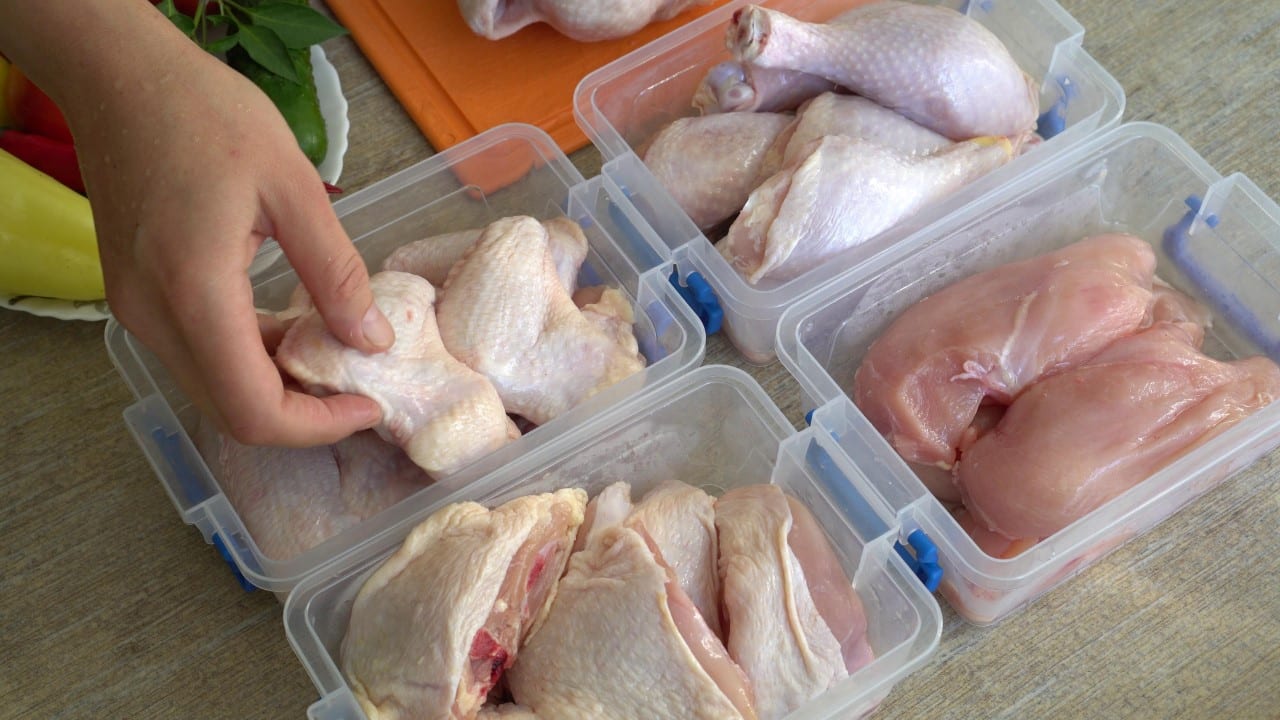
Opt for less expensive cuts of meat for slow-cooked meals. Cuts like chicken thighs or pork shoulder are perfect for slow cookers and turn out deliciously tender. Slow-roasted pork belly squares are so cheap and make a fantastic Sunday roast.
5. Plan Breakfast for Dinner

Breakfast for dinner is a fun and affordable way to mix things up. Pancakes, omelets, or homemade waffles are inexpensive and always a hit with the family. Make it more fun by laying out a few different toppings or add-ins so everyone can customize their own dinner.
6. Make Homemade Pizza

Skip the takeout and make pizza at home. Homemade pizza is cheaper and allows everyone to customize their toppings. Plus, it’s a fun activity for the whole family.
7. Utilize Eggs

Eggs are affordable and versatile. Frittatas, quiches, or scrambled eggs make for a satisfying and budget-friendly meal any time of the day. Get friendly with a neighbor who has some backyard chickens (or get your own), and you’ll never be short of eggs.
8. Go for Whole Grains

Adding whole grains like brown rice, quinoa, or barley to your meals is a smart and affordable way to boost health and nutrition. They’re nutritious, filling, and more affordable when bought in bulk.
9. Shop Seasonal Produce

Seasonal fruits and vegetables are often cheaper and fresher. Plan your meals around what’s in season to get the best quality for the lowest price.
10. Try One-Pot Meals

One-pot meals like casseroles or soups save time and reduce cleanup. They also allow for using up leftovers and whatever is in your pantry. I make a beautiful, deeply flavorful spicy tagine with whatever vegetables I have lurking in the fridge (even frozen ones will do) and cheaper lamb or beef cuts.
11. Batch Cook and Freeze
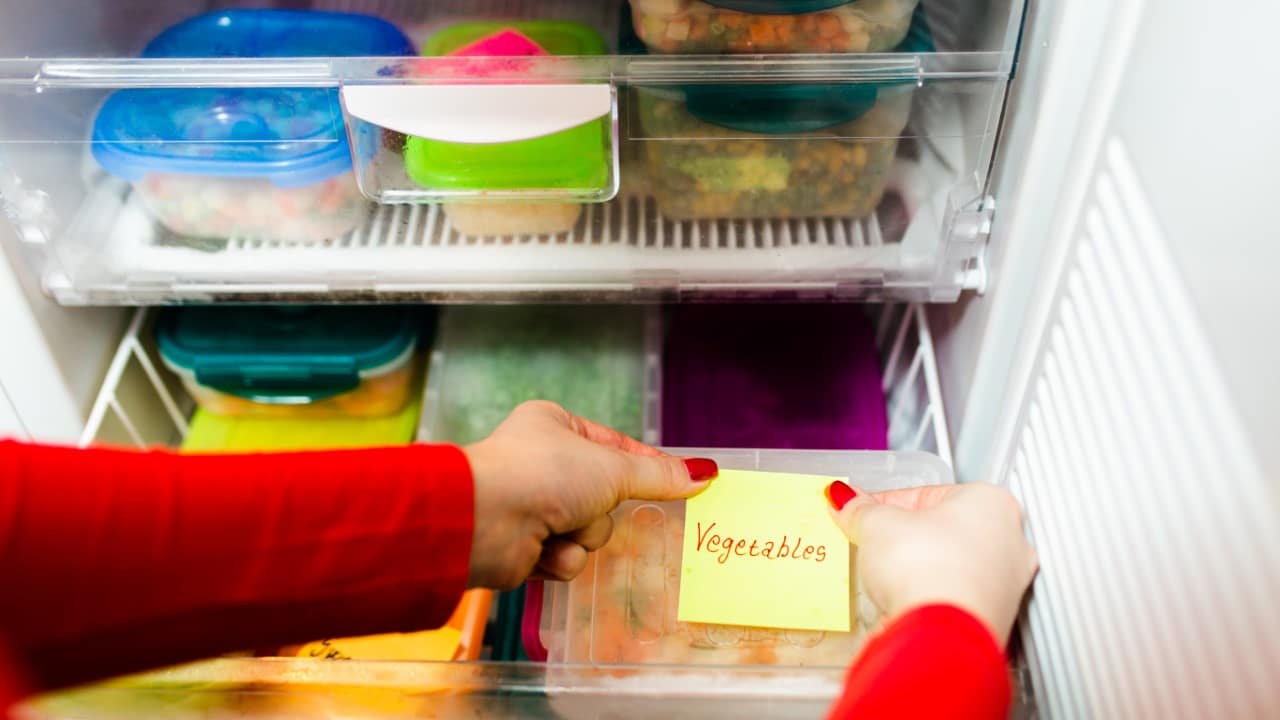
Spend a day batch cooking meals and then freeze them. Batch prepping is really useful on busy days when you’re tired and pushed for time, as all the prep is already done. It also helps you avoid the temptation of too many takeouts.
12. Make Your Own Snacks

Instead of buying pre-packaged snacks, make your own. Homemade granola bars, popcorn, or fruit slices are healthier and more cost-effective. Popcorn takes just a couple of minutes to make, and it costs very little. Plus, you can get creative with your flavors. When I’m feeling fancy, I make a chocolate peanut butter drizzle to coat my popcorn with. It’s ridiculously tasty.
13. Use Canned Fish
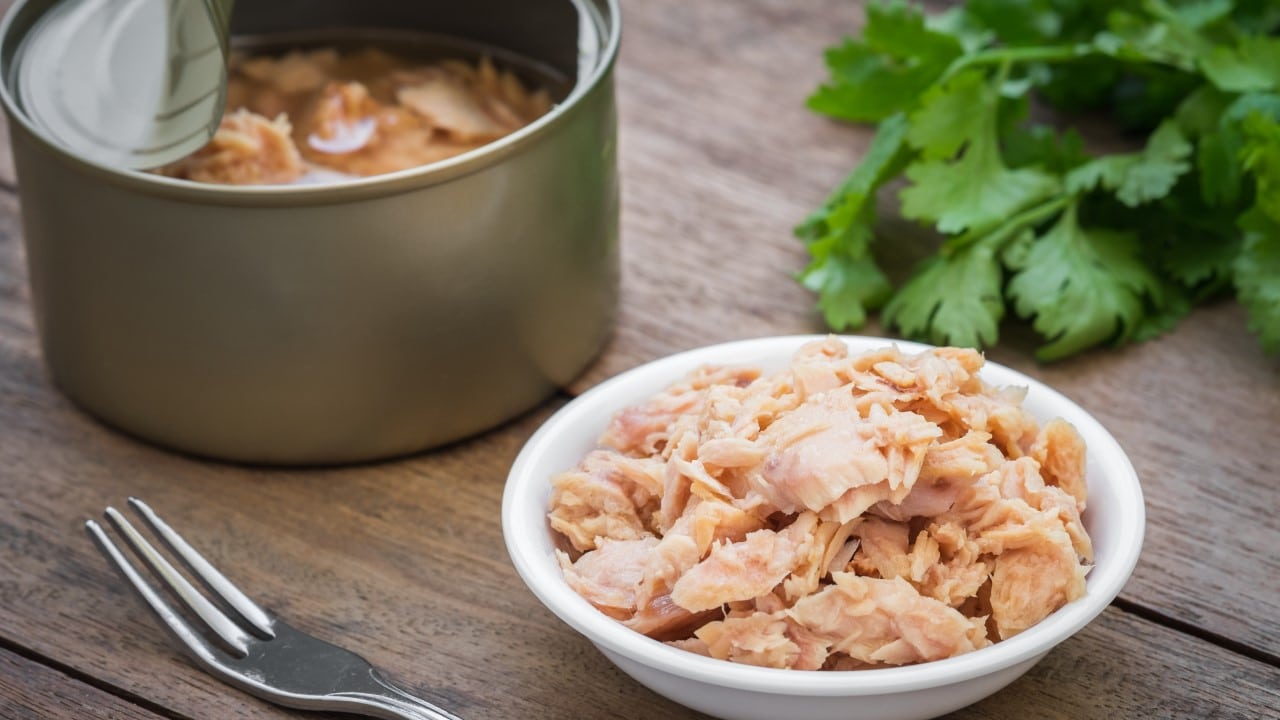
Canned tuna or salmon is a budget-friendly protein source. Use them in sandwiches, salads, or casseroles for a quick and affordable meal. Tuna pasta salad makes a filling, quick midweek meal or lunch.
14. Plan for Leftovers
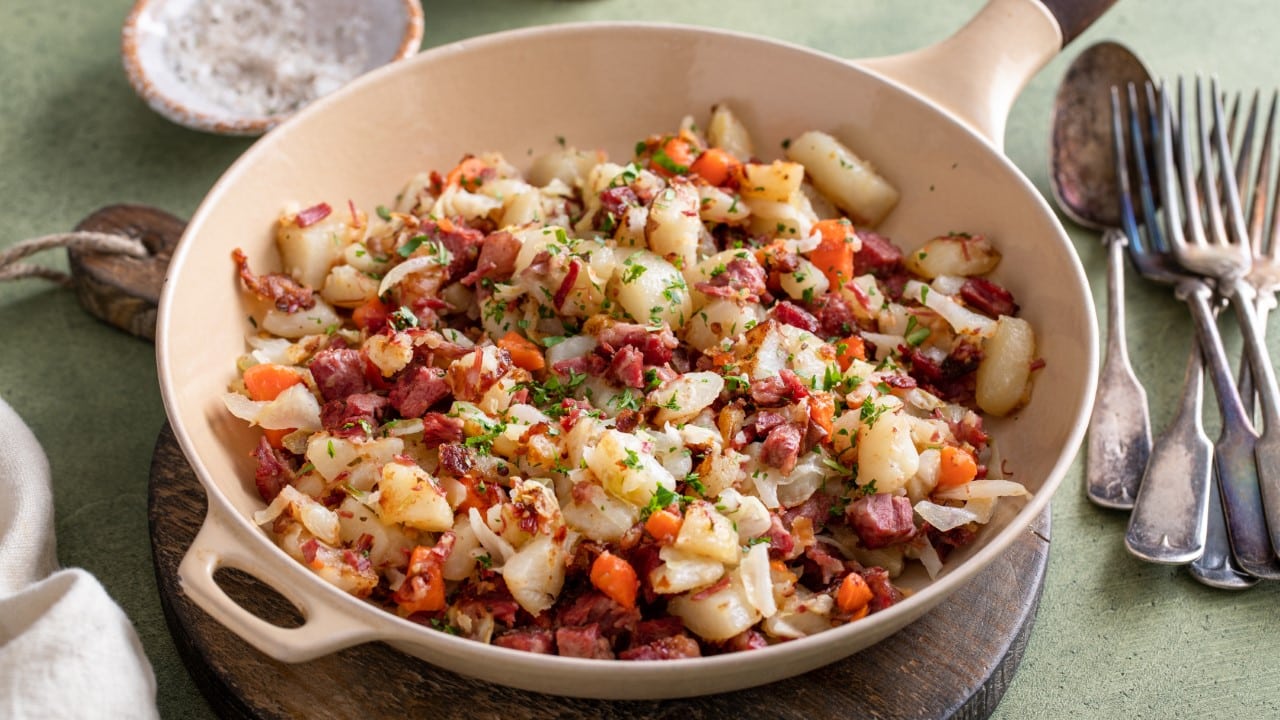
When planning meals, consider how you can use the leftovers. Roast chicken one night can become chicken salad or tacos the next day.
15. Grow Your Own Herbs

Growing your own herbs saves you money. Herbs like basil, cilantro, or parsley are easy to grow and add fresh flavor to any dish.
16. Make Soup from Scraps

Use vegetable scraps and leftover meat to make homemade stock or soup. It’s a great way to use up leftovers and get another meal out of them.
17. Have a Pantry Challenge Week

Once a month, try to use up what’s in your pantry and freezer. This challenge can spark creativity and reduce your grocery bill.
18. Make Your Own Bread

Baking your own bread is usually more cost-effective than buying it. Plus, there’s nothing like the smell of fresh bread in your home. Yes, it takes some time and some practice if you’re a novice, but you can do it!
19. Use a Slow Cooker

A slow cooker can be a budget-conscious family’s best friend. It makes tender meals out of cheaper cuts of meat and allows for easy, low-effort cooking.
I adore my slow cooker. I use it for making bone broth for my dogs, as well as making curries, delicious beef ribs, stews, rice pudding, and all kinds of other easy, low-cost meals.
20. Shop at Discount Stores

Don’t overlook discount grocery stores, as you’ll likely find that they offer the same products as regular supermarkets but at lower prices. Buying in bulk is usually more affordable. I also buy short-dated canned tomatoes, chickpeas, beans, and similar. I get a great deal, and I’m fine with using those kinds of items after their best before date.
21. Make Large Salads
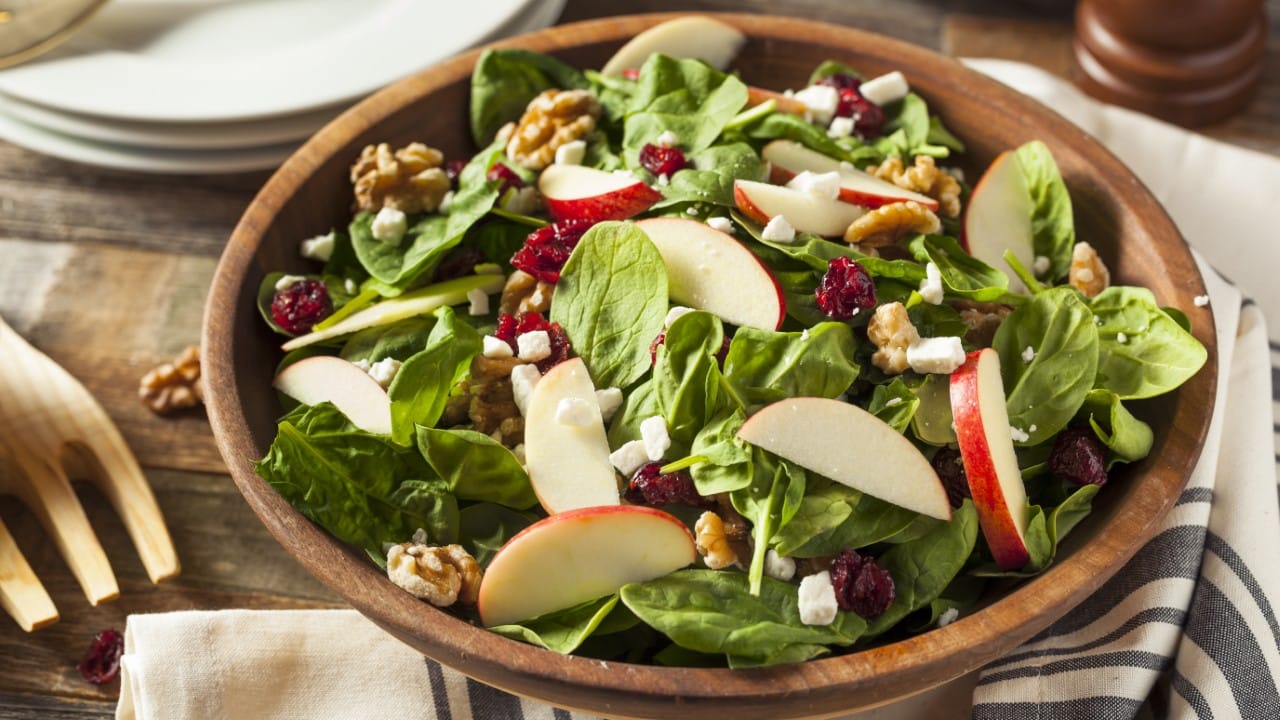
A large, hearty salad is a cost-effective and healthy meal. Add beans, seeds, or leftover proteins to make it more filling.
22. DIY Your Condiments

Making your own condiments like salad dressings, salsa, or marinades is cheaper than store-bought versions and you can customize them to your taste. A simple salad dressing of balsamic vinegar (or apple cider vinegar), olive oil, and a smidge of pomegranate molasses, maybe with the addition of a bit of honey for extra sweetness, only costs a few pennies and less than 5 minutes to make, and it’s a really beautiful way to refine and liven up a salad.
23. Opt for Frozen Vegetables
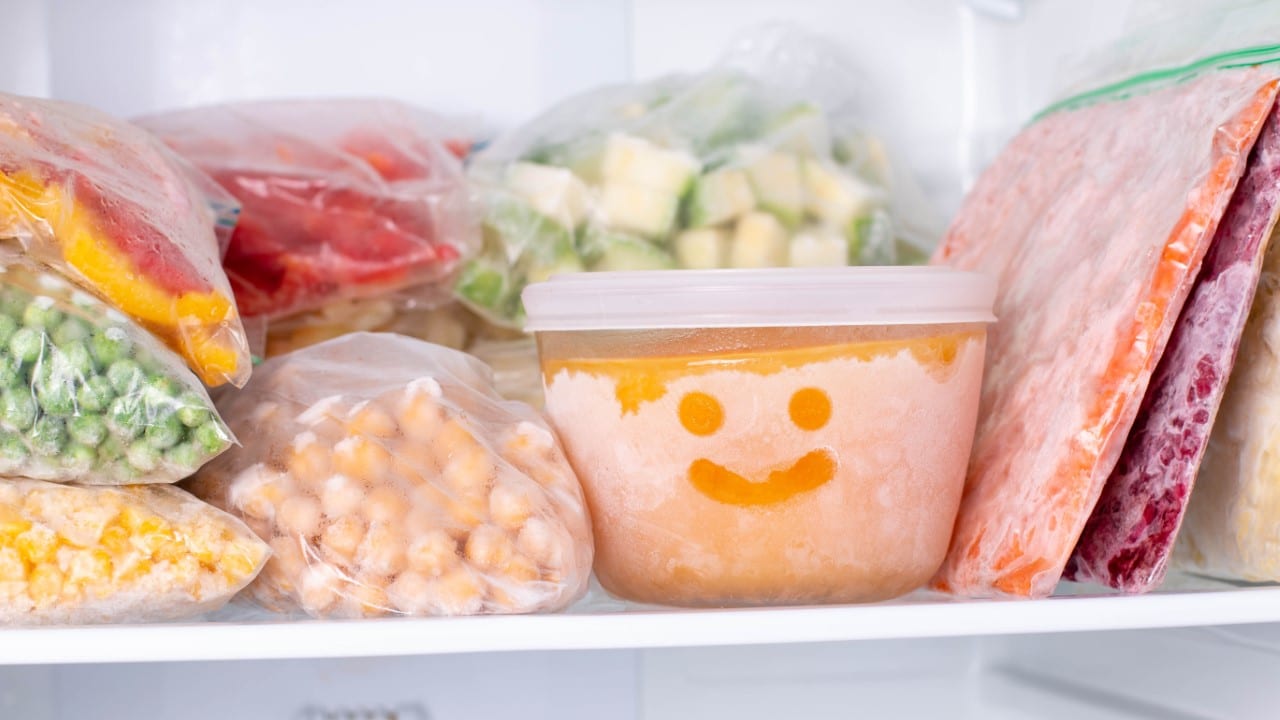
Frozen vegetables usually cheaper than fresh and are just as nutritious. They’re great for stir-fries, soups, and as side dishes.
24. Create Theme Nights

Having theme nights, like Taco Tuesday or Soup Sunday, simplifies meal planning and adds an element of fun to dinner time.
25. Limit Specialty Ingredients

Avoid recipes that require specialty ingredients that you’ll only use once. Stick to recipes with common ingredients to keep costs down. Yes, I did mention pomegranate molasses. Yes, that’s probably a specialty ingredient, but a little goes a long way, so it’s something I rarely have to purchase.
Featured Image Credit: Shutterstock / Prostock-studio.

